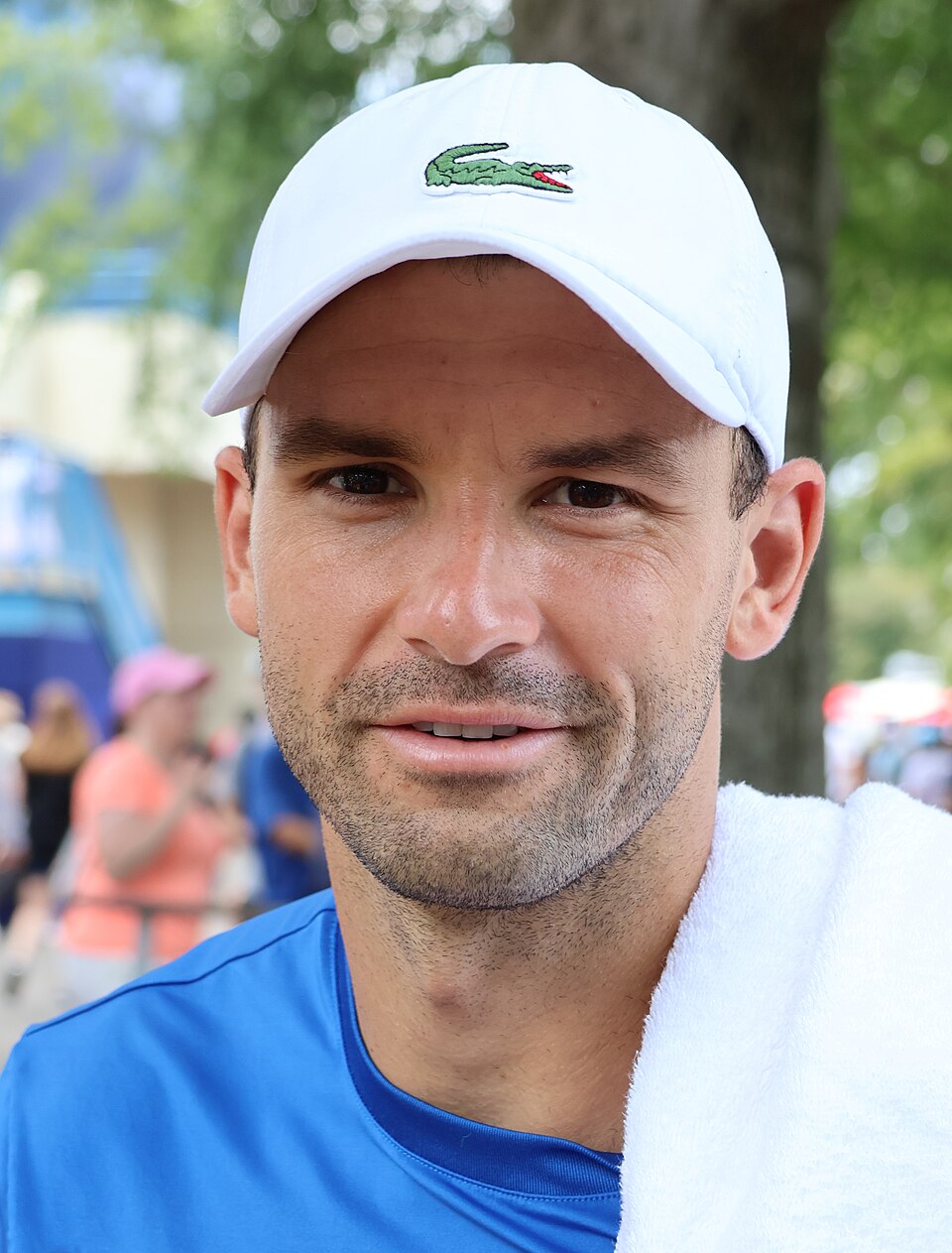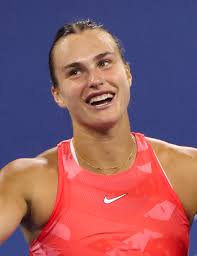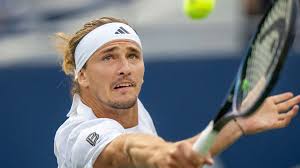
Introduction
The age of professional athletes often plays a significant role in their career trajectories, influencing performance, injuries, and longevity. In the world of tennis, where physical and mental resilience are paramount, understanding the age of rising and established stars can provide valuable insights into their futures. Grigor Dimitrov, a prominent Bulgarian tennis player, has been making headlines for his performances both on and off the court. As of October 2023, Dimitrov is 32 years old, a factor that has become particularly relevant as he navigates the competitive landscape of professional tennis.
Grigor Dimitrov: A Brief Overview
Grigor Dimitrov was born on May 16, 1991, in Haskovo, Bulgaria. He began playing tennis at a young age and quickly rose through the ranks, turning professional in 2008. Dimitrov achieved a career-high ATP singles ranking of No. 3 in November 2017 and became known for his powerful playing style and athleticism. Over the years, he has made significant achievements, including winning the ATP Finals in 2017 and multiple ATP titles. His charisma and skill have made him a fan favourite and a significant figure in Bulgarian sports.
The Impact of Age on Dimitrov’s Career
At 32 years old, Dimitrov is at a pivotal point in his career. Many athletes begin to reach their peak performance in their late twenties to early thirties, but sustaining that peak can be challenging due to various factors, including injuries and evolving competition. Dimitrov has faced his fair share of injuries, which have occasionally hindered his ability to compete consistently at the highest levels. However, he has also shown resilience, making strategic adjustments to his training regime and on-court tactics in response to the physical demands of the sport.
Current Form and Future Prospects
As of 2023, Dimitrov’s performance in major tournaments has been a mixed bag, with flashes of brilliance overshadowed by inconsistencies. His age, paired with the influx of younger players on the ATP tour, poses challenges but also opportunities. The evolution of his playing style and the experience gained over years of competition might play a crucial role in how he navigates upcoming seasons. As he approaches the later stages of his career, fans and analysts alike are keenly watching to see how he will adapt and potentially mentor the next generation of players.
Conclusion
Grigor Dimitrov’s age is more than just a number; it encapsulates a wealth of experience, insight, and adaptability. As he continues to compete, the coming years will be critical in determining how his legacy in tennis is shaped. While the pressures of youth in sport cannot be understated, Dimitrov’s journey illustrates that age can also be a source of strength. Fans around the world are hopeful for more memorable moments from this talented player, regardless of the number on his birthday cake.
You may also like

The Rise of Aryna Sabalenka in Professional Tennis

Alexander Zverev: A Remarkable Comeback in Tennis
